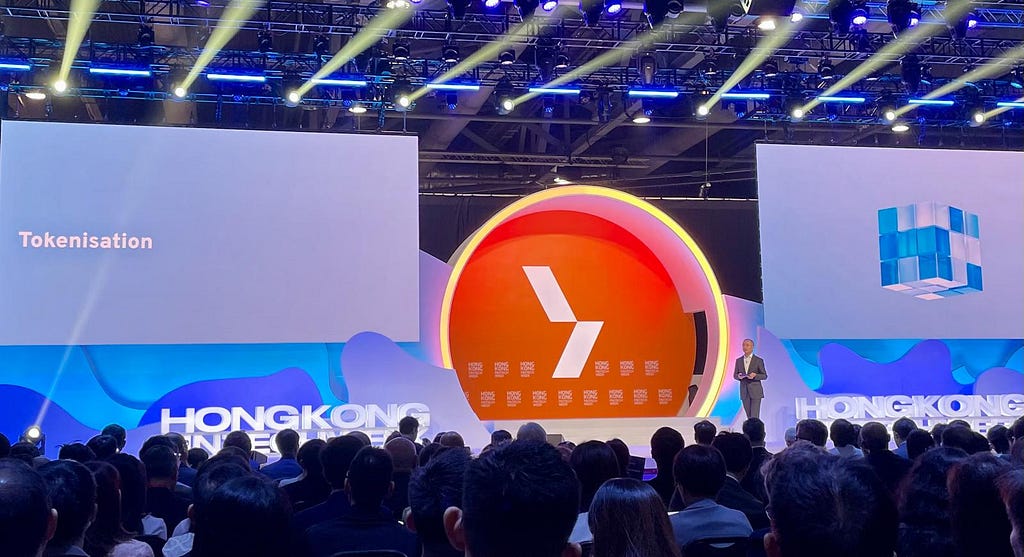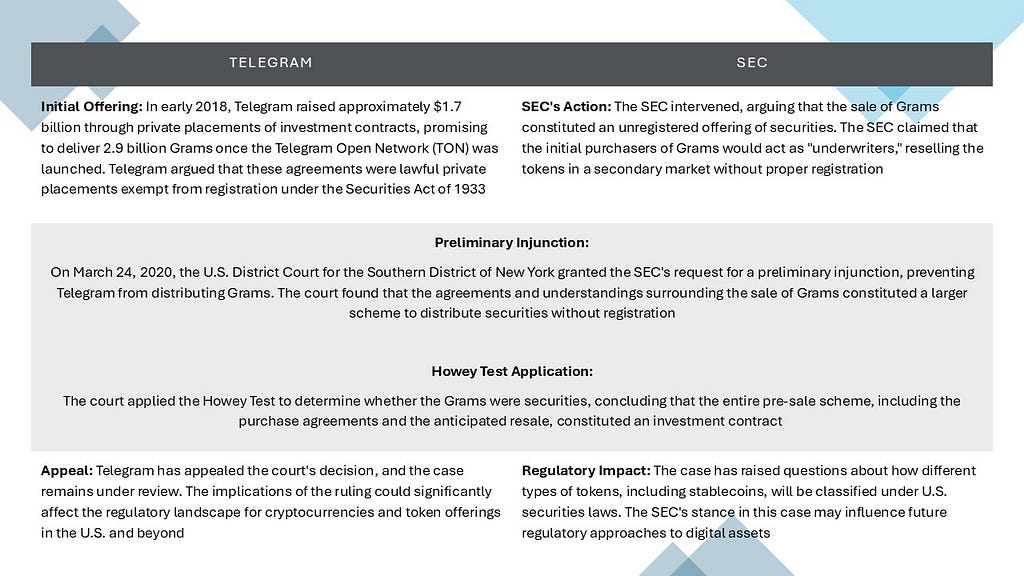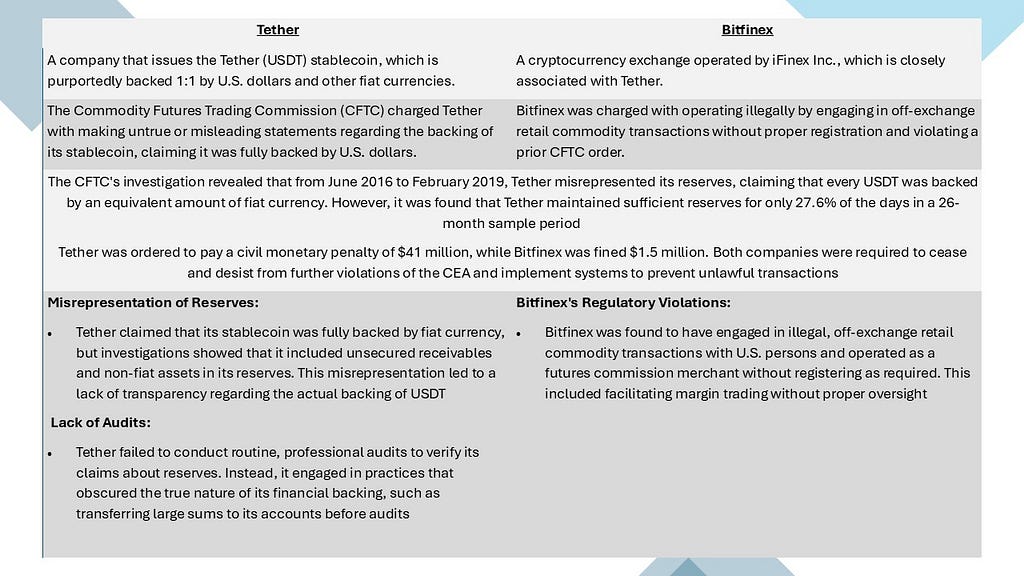Regulatory Landscape
The rapid emergence of tokenized assets and blockchain-based financial instruments has sparked significant interest among investors, institutions, and also regulators. As these technologies continue to evolve, so too does the regulatory framework surrounding them. Ensuring the integrity and stability of financial markets while fostering innovation has become a delicate balancing act for regulators across the globe. Here, we will explore the current regulatory landscape, focusing on the efforts of international and domestic regulatory bodies to address the challenges posed by tokenized assets and other innovations arising from the utilization of blockchain technologies.

International Regulations: A Global Overview
As tokenization transcends borders, regulatory oversight must also take on a global perspective. Numerous international organizations and regulatory bodies have developed frameworks and guidelines to ensure that the growth of tokenized assets does not undermine financial stability or investor protection. For example, the Financial Stability Board (FSB) and the Basel Committee on Banking Supervision (BCBS) have provided guidance on handling emerging digital assets, including stablecoins and tokenized securities.
The Financial Stability Board (FSB), a global body that monitors and makes recommendations about the global financial system, has been instrumental in shaping the international regulation of stablecoins. Recognizing the potential risks that stablecoins pose to global financial stability, the FSB has issued guidelines designed to mitigate these risks while allowing for innovation. Their recommendations focus on ensuring that stablecoin arrangements are transparent, have robust governance structures, and are subject to appropriate regulatory and supervisory oversight.
Similarly, the Basel Committee on Banking Supervision (BCBS) — which sets global standards for the regulation of banks — has offered detailed guidelines on the treatment of crypto assets within the banking sector. The BCBS’s approach ensures that banks engaging with digital assets do so with sufficient capital buffers to absorb potential losses, thereby limiting systemic risks. This cautious but forward-looking approach helps banks navigate the complexities of tokenized assets while maintaining the overall stability of the financial system.

Domestic Regulatory Bodies
In addition to these international efforts, domestic regulatory authorities in different jurisdictions are actively shaping the local regulatory landscape for tokenized assets and blockchain technologies.
- Securities and Exchange Commission (SEC) in the United States: The SEC is responsible for regulating securities, including tokenized securities. It has been vigilant in ensuring that token issuers comply with U.S. securities laws, particularly regarding registration requirements and investor protection.
- European Securities and Markets Authority (ESMA) in the European Union: ESMA oversees securities markets across the EU and plays a crucial role in the Markets in Crypto-Assets (MiCA) regulation, which offers a comprehensive framework for the regulation of crypto assets, including tokenized assets and stablecoins.
- Monetary Authority of Singapore (MAS): Singapore has emerged as a global hub for financial innovation, and MAS has been proactive in regulating tokenized assets. The authority has issued clear guidelines for the issuance and use of stablecoins and has established a regulatory framework that balances innovation with investor protection.

Domestic Regulations: Major Financial Hubs
While international regulatory bodies provide overarching guidelines, the specific regulations governing tokenized assets vary significantly from country to country.
United States
In the U.S., the regulation of tokenized assets falls primarily under the jurisdiction of the SEC and the Commodity Futures Trading Commission (CFTC). The SEC regulates tokenized securities, ensuring that issuers comply with the Securities Act of 1933, which requires the registration of securities offerings unless specific exemptions apply. The SEC has also taken action against companies that attempt to bypass these registration requirements, as evidenced by its high-profile enforcement actions.
Meanwhile, the CFTC oversees crypto derivatives, including futures and options based on digital assets. This dual regulatory approach ensures that both spot markets and derivatives markets are subject to appropriate oversight, protecting investors and maintaining market integrity.
European Union
The MiCA regulation, introduced by the EU, offers one of the most comprehensive regulatory frameworks for crypto assets globally. MiCA aims to harmonize the regulation of crypto assets across the EU, providing clear rules for the issuance, trading, and custody of digital assets. It also covers stablecoins, which have become a focal point for regulators due to their potential impact on financial stability. MiCA’s framework is designed to foster innovation while ensuring that risks are appropriately managed, making it a critical piece of legislation for the future of tokenization in Europe.
Singapore
Singapore has positioned itself as a leader in the regulation of digital assets, with the Monetary Authority of Singapore (MAS) playing a central role. MAS has issued detailed guidelines governing the use of stablecoins and other digital assets, providing clarity for both issuers and investors. Singapore’s regulatory framework is considered one of the most forward-thinking globally, offering a transparent and supportive environment for blockchain innovation while maintaining strict standards for investor protection and financial stability.
United Arab Emirates
The United Arab Emirates (UAE) has also made significant strides in regulating tokenized assets. The UAE Central Bank and Dubai’s Virtual Assets Regulatory Authority (VARA) oversee the regulation of crypto assets, offering a clear framework for businesses and investors. VARA, in particular, has emerged as a key player in Dubai’s efforts to position itself as a global hub for crypto and blockchain technologies. The regulatory clarity provided by VARA has made the UAE an attractive destination for blockchain companies seeking to operate in a well-regulated environment.

Case Studies: Regulatory Actions in Practice
Regulatory actions around the world provide valuable insights into how different jurisdictions are managing the challenges posed by tokenized assets. The following case studies highlight some of the most significant regulatory actions and their implications for the tokenized asset market.
In the United States, the SEC vs. Telegram case serves as a landmark example of regulatory enforcement in the tokenization space. In 2020, the SEC halted Telegram’s $1.7 billion token sale, citing it as an unregistered securities offering. Telegram had planned to issue tokens called “Grams” through its blockchain network, but the SEC argued that these tokens constituted securities and should have been registered with the SEC before being offered to investors. The court ruled in favor of the SEC, resulting in Telegram returning $1.2 billion to investors and paying an $18.5 million fine. This case underscored the importance of compliance with securities laws when issuing tokenized assets.

In the European Union, the MiCA regulation represents a proactive approach to the regulation of tokenized assets. MiCA provides a clear framework for the issuance of crypto assets, including stablecoins, and ensures that these assets are subject to appropriate regulatory oversight. By harmonizing the rules across the EU, MiCA reduces regulatory fragmentation and creates a more predictable environment for businesses and investors. This is particularly important as the tokenized asset market continues to grow, and MiCA’s framework could serve as a model for other jurisdictions.
Another significant case involves Bitfinex and Tether, which were fined by the New York Attorney General for misrepresenting the backing of Tether (USDT), a popular stablecoin. The investigation revealed that Tether had not been fully backed by U.S. dollars, as the company had claimed. Bitfinex and Tether were ordered to pay $18.5 million in penalties and to provide regular transparency reports on Tether’s reserves. This case highlighted the importance of transparency and accurate disclosures in the crypto asset market.

Meanwhile, in the United Kingdom, the Financial Conduct Authority (FCA) issued a warning against Binance, one of the largest cryptocurrency exchanges globally, for failing to meet regulatory requirements. In June 2021, Binance Markets Limited, a subsidiary of Binance, faced restrictions from the FCA, requiring prior written consent for regulated activities in the UK. Although Binance claimed adherence to these requirements, it remained unauthorized to operate in the UK. Subsequently, on May 30, 2023, Binance Markets Limited completed a cancellation request for its FCA permissions, leaving no entities within the Binance Group authorized to conduct regulated business in the UK. These developments align with the FCA’s broader crackdown on cryptocurrency exchanges, emphasizing the speculative nature of crypto investments and the risks associated with fraud or misleading promises of high returns.
The FCA’s actions reflect a global trend of regulatory scrutiny faced by Binance, underscoring the importance of compliance with local laws and urging consumers to verify the regulatory status of firms before engaging in cryptocurrency investments.

Conclusion
The regulatory landscape for tokenized assets is evolving rapidly, with both international and domestic regulators taking steps to address the unique challenges posed by these emerging technologies. While the regulatory frameworks are diverse, the common goal is to ensure that tokenized assets are integrated into the financial system in a way that protects investors and maintains market stability.
As tokenization continues to gain traction, regulatory clarity will be essential for fostering innovation while mitigating risks. The case studies also illustrate the importance of compliance and transparency, demonstrating that regulatory actions can have significant consequences for companies operating in the tokenized asset space.
References
- FSB finalises global regulatory framework for crypto-asset activities
- Disclosure of cryptoasset exposures
- CFTC Orders Tether and Bitfinex to Pay Fines Totaling $42.5 Million
- Consumer warning on Binance Markets Limited and the Binance Group
- Is the FCA right about Binance? – City AM
- Telegram’s TON: $1.7 Billion Raise, SEC Courtroom Defeat, and Victory through Decentralisation – A Legal Tale and Insights – AURUM Law Firm
- Cryptoverse: TON takes off on Telegram tie-up
The Revolution of Tokenization: Transforming the Future of Finance (5 of 5) was originally published in The Capital on Medium, where people are continuing the conversation by highlighting and responding to this story.
